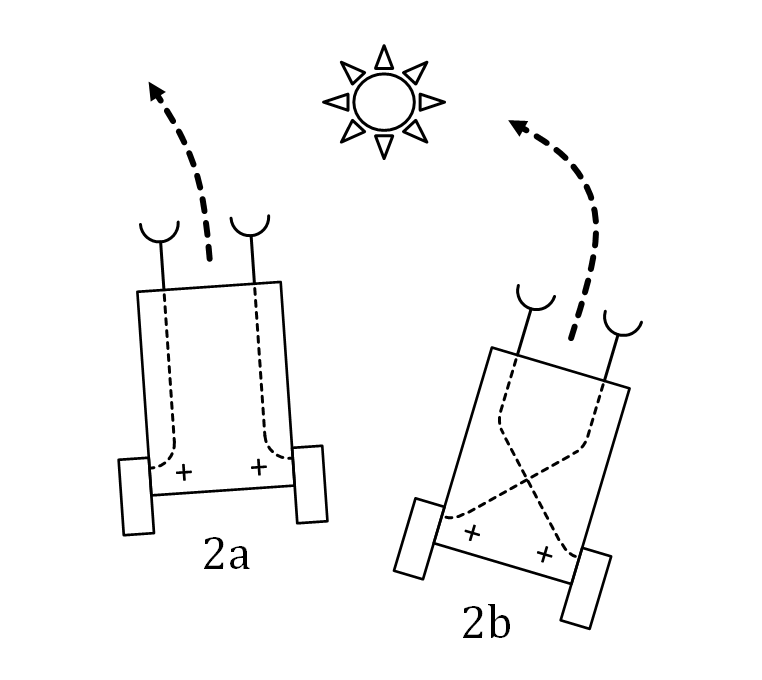
-Simple But Sophisticated-

-Simple But Sophisticated-


Valentino Braitenberg (1926-2011) was a neuroscientist and cyberneticist, who directed Biological Cybernetics at the Max Planck Institute in Tubingen, Germany. He was an author of Vehicles: Experiments in Synthetic Psychology, whichtheorized the machine and its expression of human-like behaviors like aggression, love, foresight, and optimism, which is known as the Braitenberg Vehicles. Furthermore, many of Braitenberg's works featured the relationships between structures and functions of the brain; he believed computers can act as a model of understanding how human brain function.


Valentino Braitenberg developed a theory, known as "Braitenberg Vehicle," that explained certain "behaviors" of the machine. The theory used sensors, to help the machine to detect stimulus, allowing the machine to express several and complex behaviors. The machine will expressed different behaviors based on wiring of the sensors to the wheels. The "emotions" or the behaviors of the machine that can vary from aggression, love, foresight, and optimism.
For example, two sensors have been connected two individual wheels, respectfully. When the sensor detects sunlight, the wheel slows down, moving away from the sunlight.
Vehicle 2a:
More light right => right wheel turns faster => turns towards the left, away from the light.
Vehicle 2b:More light left => right wheel turns faster => turns towards the left, closer the light.

The MIT "Cheetah" robot uses the Braitenberg Vehicle theory to make the machine to express certain behaviors. Cheetah uses its sensors to detect upcoming obstacle, allowing the machine to perform "evasive" behavior by jumping over it. After the jump, other part of the sensor detects ground, allowing the machine to land safely on the ground. Moreover, the robot can perform numerous behaviors using different sensors just like how we human uses different parts of brain to do certain behaviors.